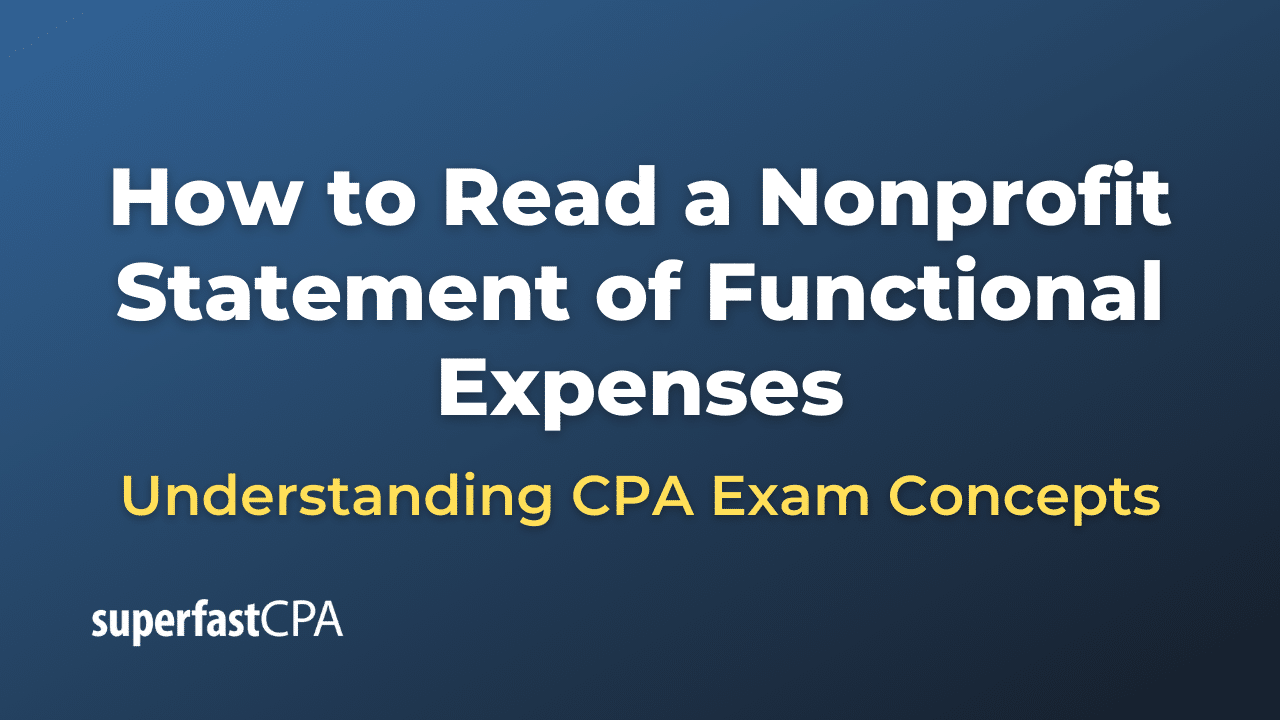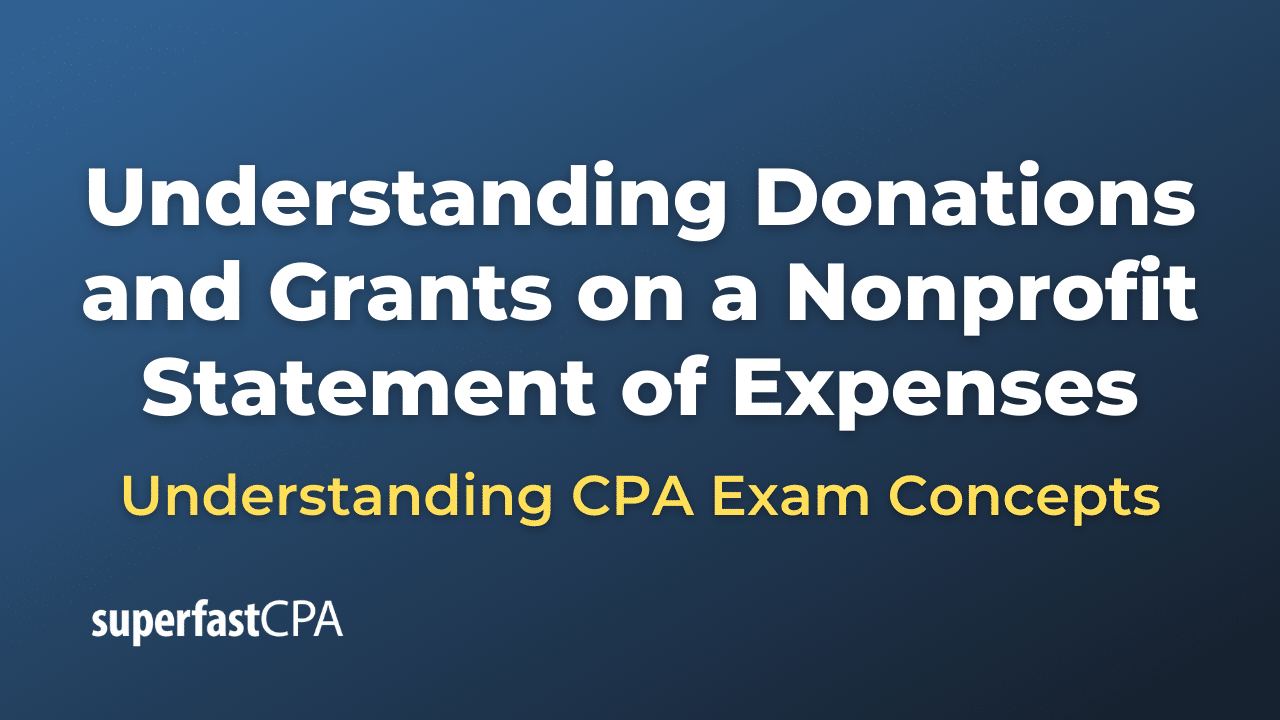Carryover Method
The carryover method, also known as the carryforward method, is an accounting practice used in various contexts to transfer the unused balances, deductions, or credits of a specific item from one accounting period to the next. This method is often employed when there are limitations or restrictions on the use of a specific item within a given accounting period.
The most common application of the carryover method is in the context of tax accounting. Some tax regulations allow taxpayers to carry over or carry forward certain unused tax credits, deductions, or losses from one tax year to future tax years. This enables taxpayers to offset their taxable income or tax liabilities in future years, providing potential tax benefits.
For example, in the United States:
- Net operating losses (NOLs): If a business experiences a net operating loss in a given tax year, it may carry the loss forward to offset taxable income in future years, reducing its tax liability. The tax code typically specifies the maximum number of years the loss can be carried forward.
- Capital losses: If an individual or business realizes a capital loss by selling an investment for less than its purchase price, the loss can be used to offset capital gains in the same tax year. If the capital losses exceed the capital gains, the taxpayer can carry forward the remaining loss to offset capital gains in future tax years, subject to certain limits and restrictions.
- Tax credits: Some tax credits, like the foreign tax credit or the general business credit, may not be fully utilized in a single tax year due to limitations based on the taxpayer’s income or tax liability. In such cases, the unused portion of the credit can be carried forward to future tax years.
The carryover method may also be used in other accounting contexts, such as budgeting or cost allocation, where unused balances or allowances need to be transferred from one accounting period to the next.
Example of the Carryover Method
Let’s consider an example using the carryover method for capital losses in the context of individual income tax in the United States.
Imagine an individual, John, who sells two investments during a tax year:
- He sells Investment A and realizes a capital gain of $8,000.
- He sells Investment B and incurs a capital loss of $12,000.
John’s net capital loss for the tax year is $4,000 ($12,000 loss – $8,000 gain). The IRS allows taxpayers to deduct up to $3,000 of net capital losses against their ordinary income in a given tax year. In this case, John can deduct $3,000 of his net capital loss against his ordinary income, reducing his taxable income for the current tax year.
However, John still has $1,000 of his net capital loss remaining ($4,000 – $3,000). Using the carryover method, he can carry forward this $1,000 loss to the next tax year. In the following tax year, John can use the $1,000 carried-over loss to offset any capital gains or, if there are no capital gains, to reduce his ordinary income by up to $3,000.
By carrying forward the unused portion of his capital loss, John can potentially reduce his tax liability in the next tax year. The carryover method allows him to take full advantage of his capital loss, even though he could not use it entirely in the current tax year due to the IRS’s $3,000 limit on capital loss deductions against ordinary income.














